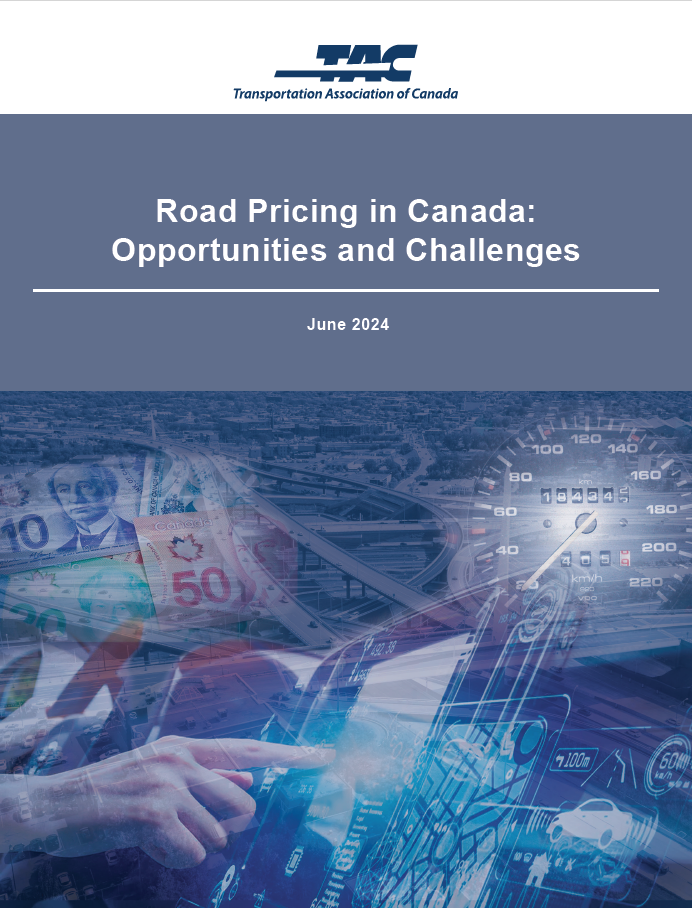In cities around the globe, road pricing has proven to be an effective approach to generating transportation revenue and incentivizing preferred travel behaviours. It includes four main tools:
- Tolls (point charges). These put a price on the use of a specific road or bridge and are likely the most familiar form of road pricing.
- Cordon charges. These are imposed on vehicles when they cross a ring or line of charge points, and typically (though not exclusively) have been implemented to improve congestion and air quality.
- Distance-based charges. These “pay-as-you-go” measures charge drivers based on their distance travelled, based on detailed vehicle tracking or on trips made between zones or on specific road segments.
- Area-based (zonal) charges. These are similar to cordon charges but instead are a fee for movements between multiple zones, typically charging vehicles for each entry.
Within Canada, road pricing could create new, diversified and sustainable transportation revenue streams while providing governments a tool to influence mobility behaviours and outcomes. By doing so, it could enable transformative changes that governments have set as policy goals but struggle to achieve with current tools. However, the only examples of road pricing implementation in Canada have been fairly conventional road or bridge tolls, and there are complex but very real concerns around the public acceptability and equity impacts of other forms of road pricing.
This report begins with a consideration of the major transportation challenges facing governments today (e.g. urban growth and congestion, climate change, equity and affordability, infrastructure funding, municipal revenue streams, fuel tax revenues), then goes on to explore important practical issues related to the use of road pricing to generate revenue, manage congestion, or improve the environmental, economic and social outcomes of transportation systems in Canada.


